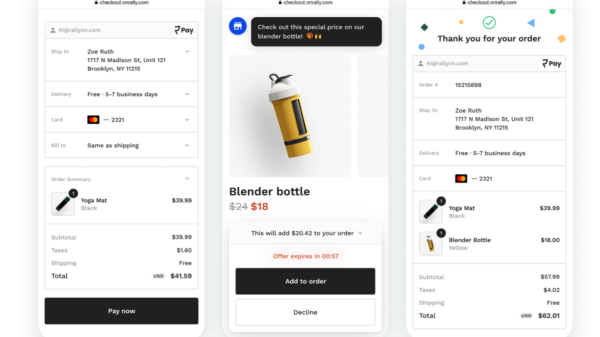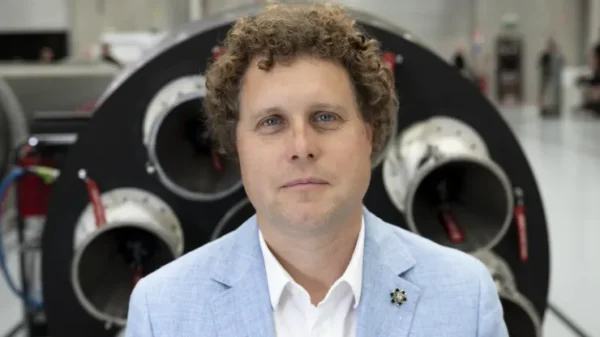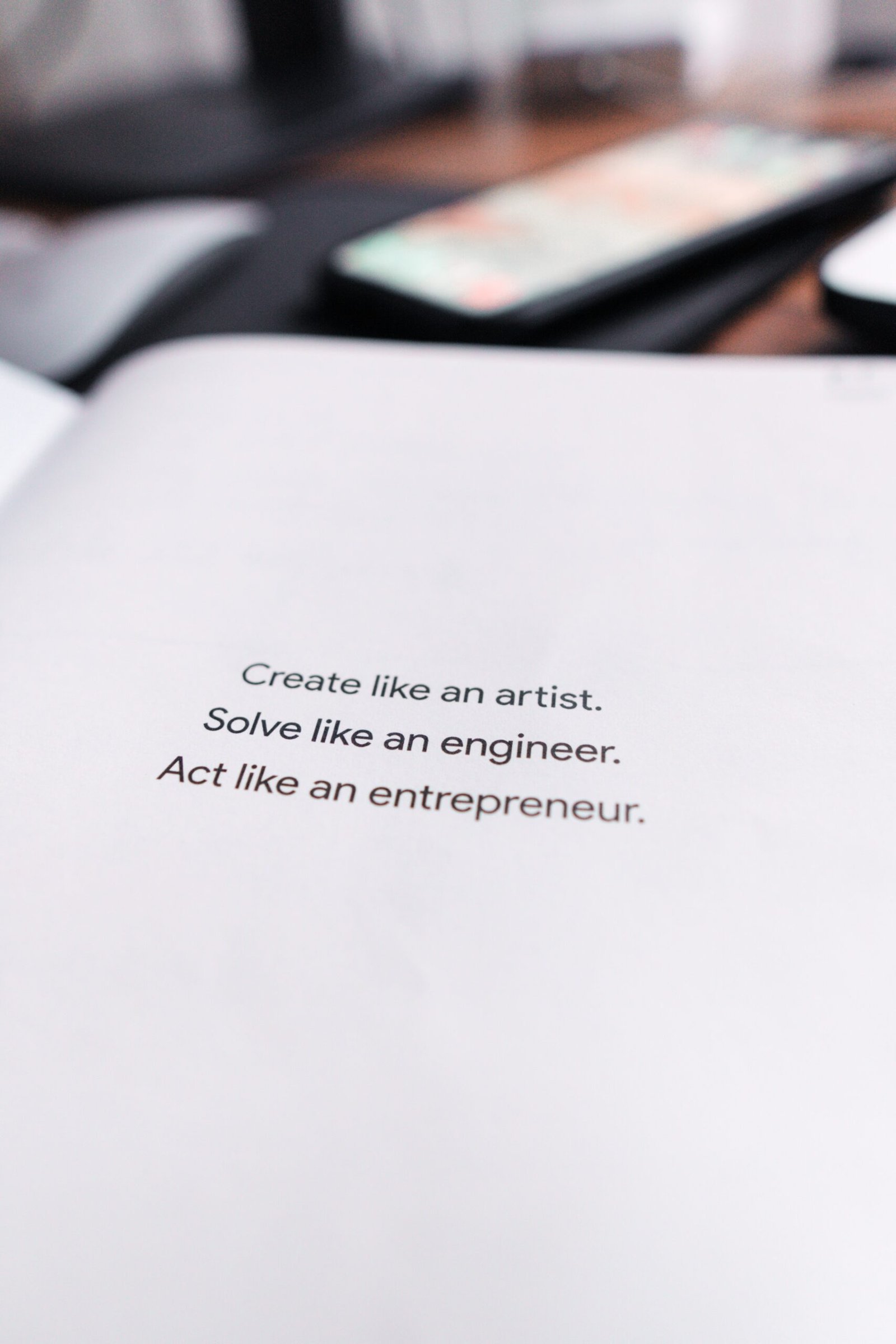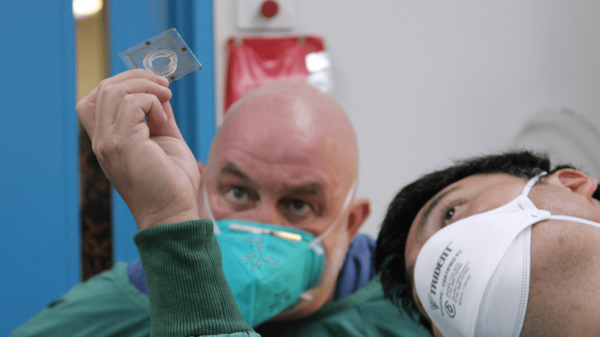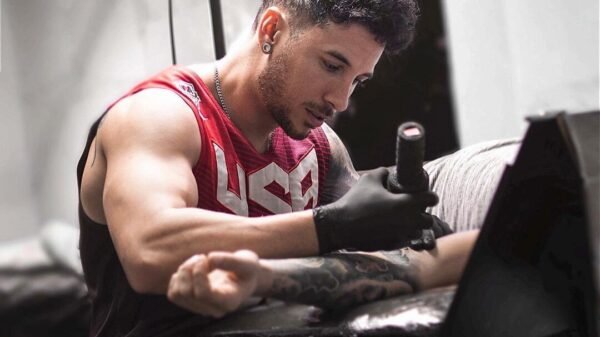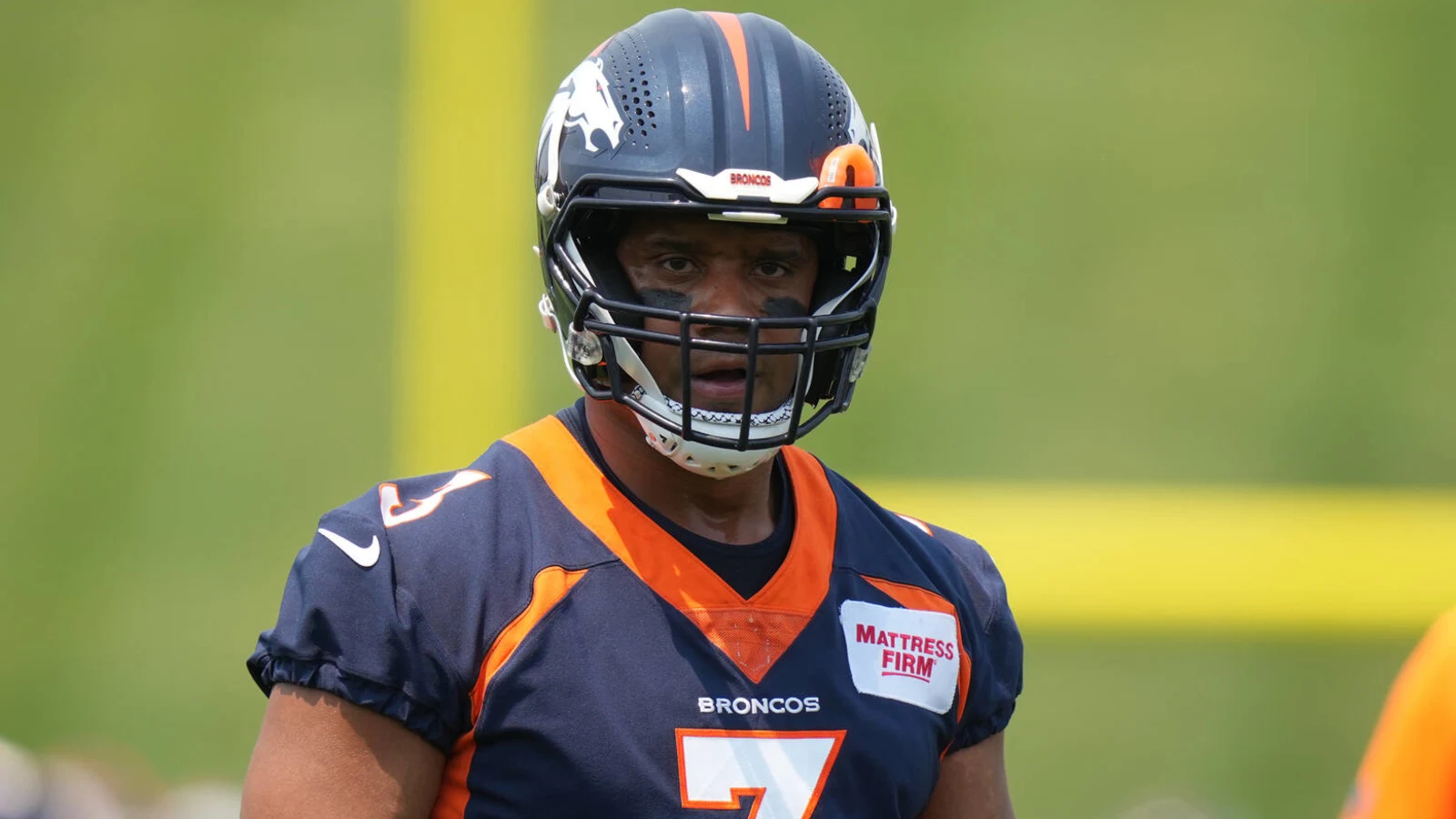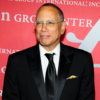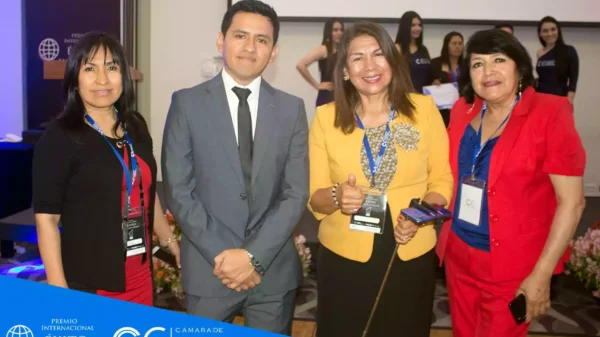PARKER, Colo. – On Thursday morning, Jake Heaps spent four hours on the radio airwaves in Seattle, wrapping up his final day as the co-host of a mid-day sports show.
Less than 24 hours later, he found himself walking between fields among roughly 500 campers at Colorado’s Chaparral High School, in the market he’ll be building the next phase of his career and life in.
Heaps hopped on a plane to get to the greater Denver area for the first of what will be many Russell Wilson Passing Academy camps, having worked with Wilson, the Broncos’ new star quarterback, for the past five years.
Heaps, a Washington native who played quarterback for BYU, Kansas and Miami (Fla.) in college and who spent parts of three offseasons on NFL rosters, will continue to be involved in Wilson’s Passing Academy but also will serve as Wilson’s full-time, private quarterback coach.
“We’ve been doing stuff in the offseason and all that, but with him moving to Denver – for me, my home base was Seattle, so everything was just kind of worked out and it was nice and in sync. But I think to do what we want to accomplish and for Russell, what he wants to accomplish in his career over the next 10 years here in Denver, there’s a lot of things we wanted to do not only for him and his career but for the Denver community from a training aspect and all that,” Heaps told USA TODAY Sports on Friday. “It’s a big change for me personally, but I’m excited to jump two feet in and to work with him super closely and do whatever I can to be at his best.
“That’s what it’s really about.”
More Broncos:Russell Wilson already in touch with Broncos’ future ownership group
Sign up for our NFL newsletter:All the NFL news you need to know delivered right to you!
Heaps and Wilson first crossed paths when Heaps spent an offseason on the Seahawks roster and then part of the 2016 campaign on the franchise’s practice squad.
“I was on and off the roster for two years and we really just connected through the work,” Heaps said. “He saw how hard I worked. I tried to beat him to the facility every day and we grew a bond through that. I got a random phone call from (Wilson) asking to fly out and come train him at UCLA and said sure. We’ve been together ever since. It’s been really cool to have that friendship and to have that trust that he has in me and have honest conversations and to evaluate his game and do whatever I can to help him be better. Whether that’s making things that he’s struggled with better or just maintaining what he’s doing.
“He’s one of the best in the world, so it’s not like you’re wholesale trying to change everything every year, it’s just trying to make him 1% better every year and find ways where he can be better and stay sharp and be on top of things.”
Wilson, of course, is learning a new offense in Denver under first-year head coach Nathaniel Hackett, who has made it clear that the playbook building has been a collaborative effort between the offensive staff and the quarterback.
The system, though, is at least somewhat familiar to Wilson because he played for offensive coordinator Shane Waldron last fall in Seattle after Waldron coached the previous four years with the Los Angeles Rams under head coach Sean McVay. Hackett, meanwhile, spent the past three years with another member of that McVay and Kyle Shanahan coaching tree in Green Bay head coach Matt LaFleur.
“There’s a lot of mental aspects of what you’ve got to work on and make sure (Wilson’s) sharp on the new plays and new aspects of the playbook, testing him and quizzing him and all those things,” Heaps said. … “There’s familiarity there, but it’s been really cool to watch everybody work together to mesh this thing and make everyone comfortable from the coaching staff to Russell to the guys on the team. It’s been really awesome and, honestly, I’m blown away from where they are at this point in the offseason with the install and where everybody’s at.”
Before the offseason program began, Wilson hosted the Broncos’ wide receivers plus center Lloyd Cushenberry at his home in Southern California to get several days’ worth of work in and build chemistry. The quarterback said recently they’ll be reconvening again next month before Denver’s training camp begins July 27.
“We’ll let guys get away. We’ve been going for 2.5 months now, it feels like, so we’ll let the guys get away, spend family time, do whatever they need to do, travel, whatever it is,” Wilson said. “The last couple weeks we’ll really spend some time before we come back. We’ll spend some quality time down in Southern California.”
Wilson, like a few other top-tier quarterbacks, has built an operation around himself that is designed to help him excel despite all the time spent away from the facility. One week, between a Thursday OTA practice and a Tuesday practice, Wilson and his wife Ciara traveled to the Monaco Grand Prix and back. On another off weekend, he flew to Dartmouth College, the alma mater of his late father and several other family members, to give a commencement address. A couple weeks before that, he was at a Seattle Children’s Hospital event on an off-day.
Joked teammate Melvin Gordon: “When you’re making $30-some million a year, you can private jet around wherever you want. He’s all about football, though, man. He’s locked in. There’s no other way to put it.”
Wilson, for his part, described the importance of the people around him.
“Having an amazing team, my performance team comes with me everywhere I go. My assistant helps with everything,” he said last week. “Everybody’s super organized so there’s never wasted space, and I think that’s the key thing. There’s never wasted space.”
Heaps is a full-time member of that team now. He’ll be in California for the offseason training sessions and then back in Denver to help Wilson get ready for the regular season. Simultaneously, he’ll be part of the group that works to build out the RWPA camps, develop more high-end quarterback training opportunities here and continue to broaden the way Wilson’s presence is felt in Denver.
“He wants to be great. He already is great, but what he wants to accomplish over the second half of his career, he wants it to be special and I think he has the ability to do that in Denver,” Heaps said. “This organization has been fantastic from Day One with him and the guys have been fantastic. Obviously, this is the honeymoon phase and everything is great, everything’s special, but I truly believe that they’ve got what it takes to really make some noise and accomplish the goals that they all have.”




